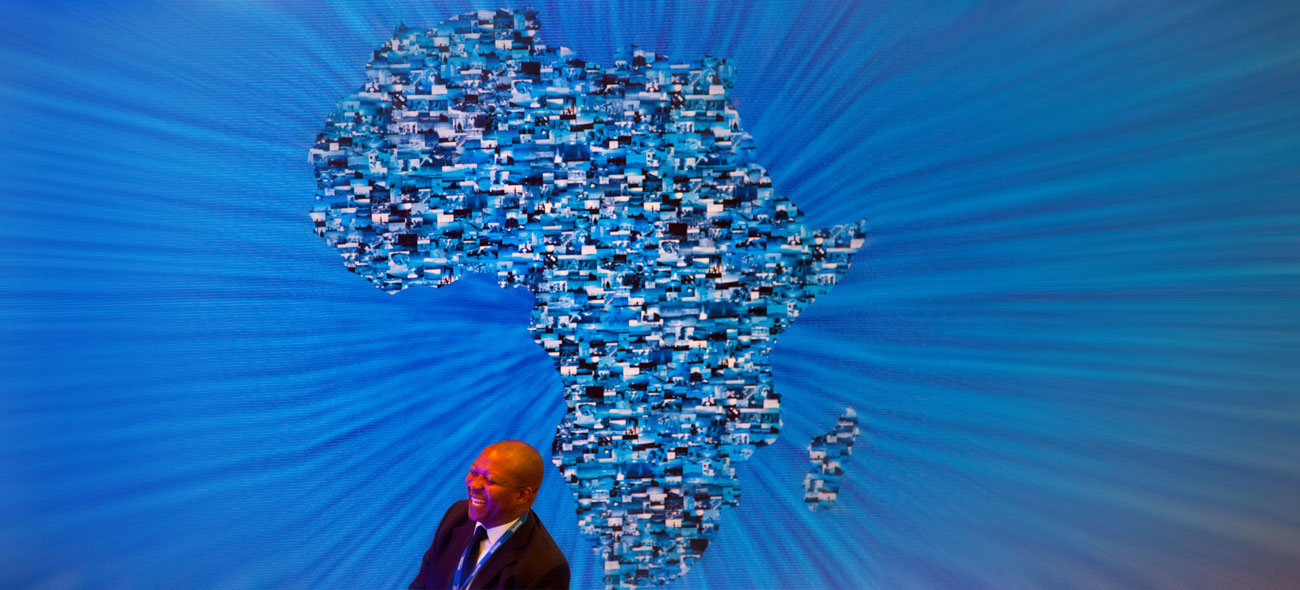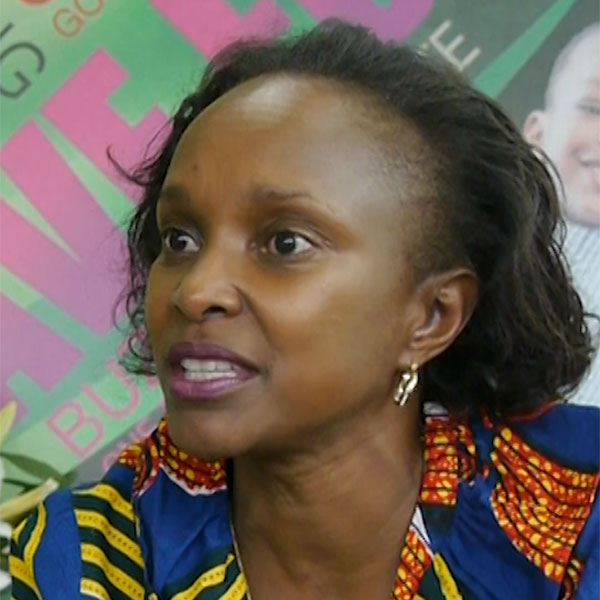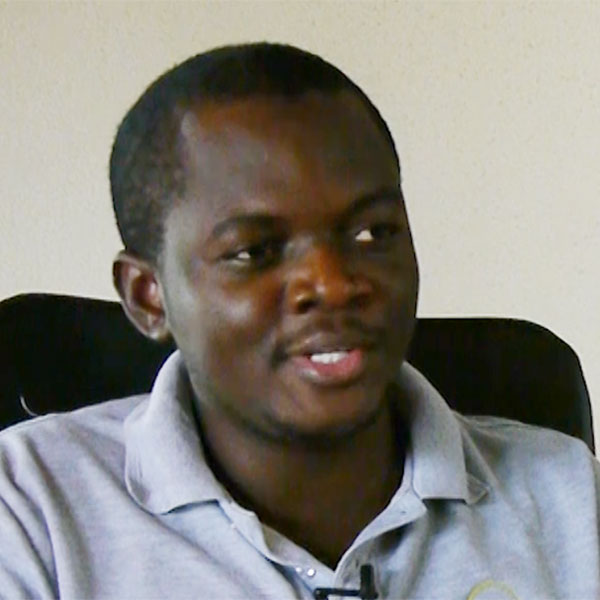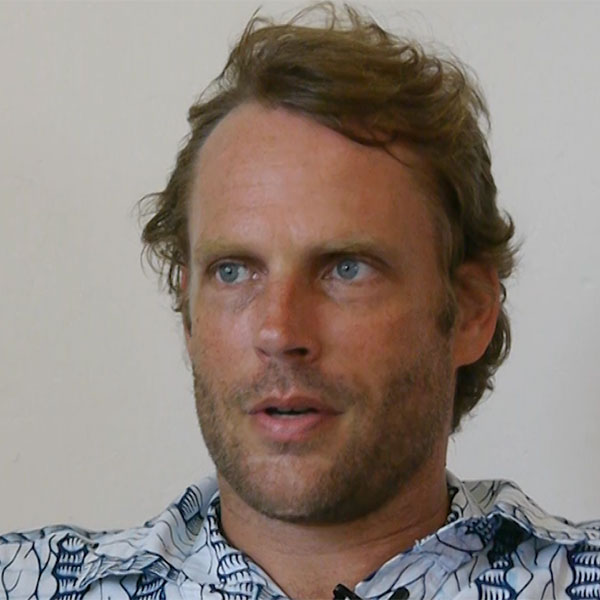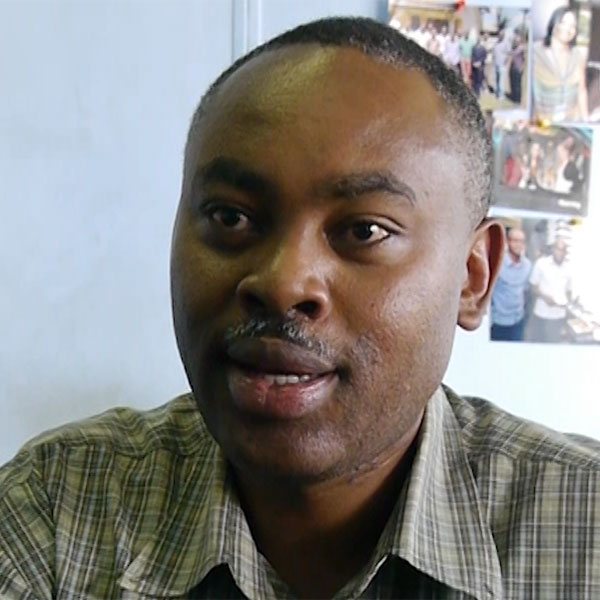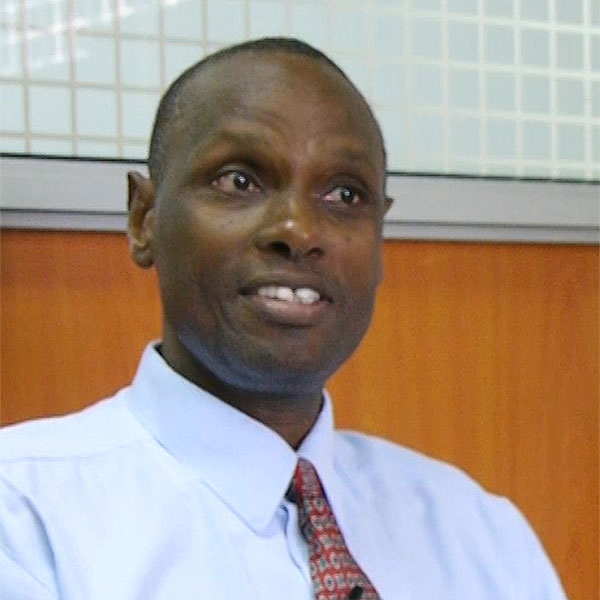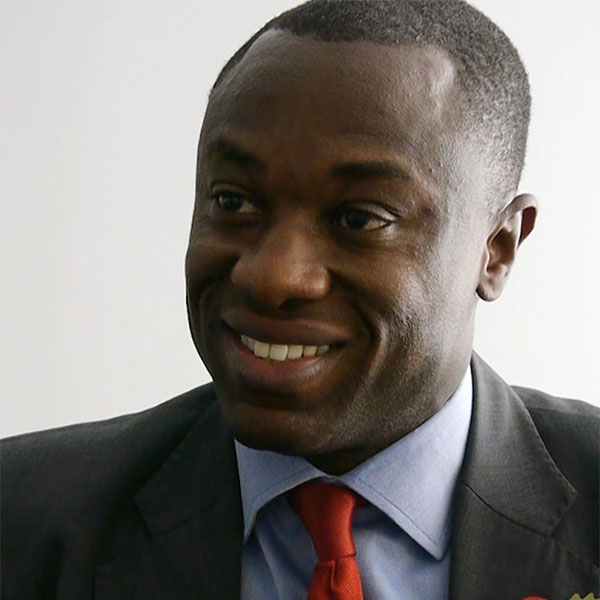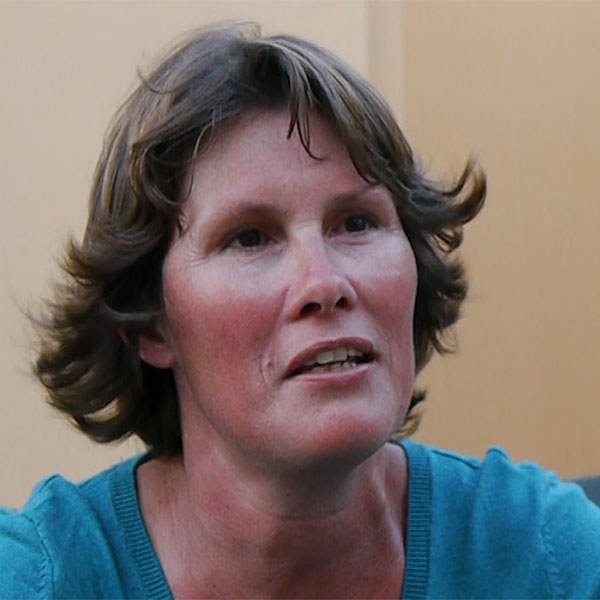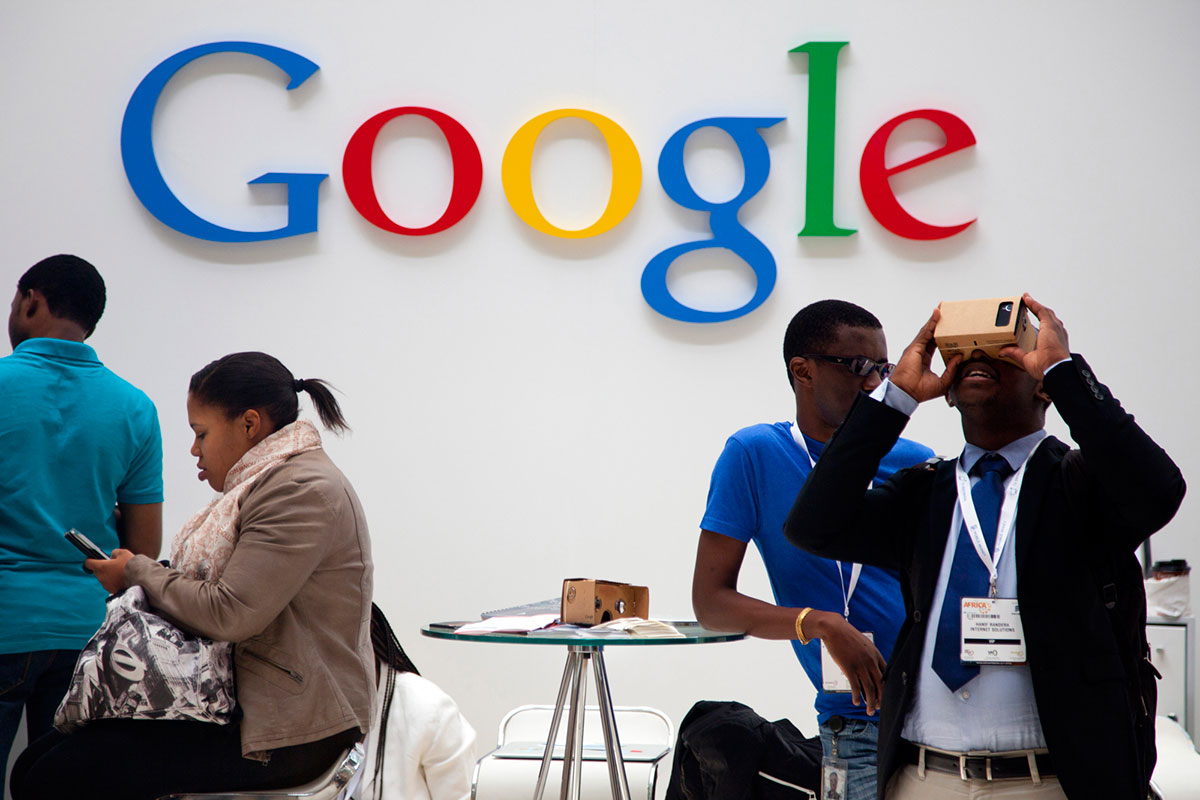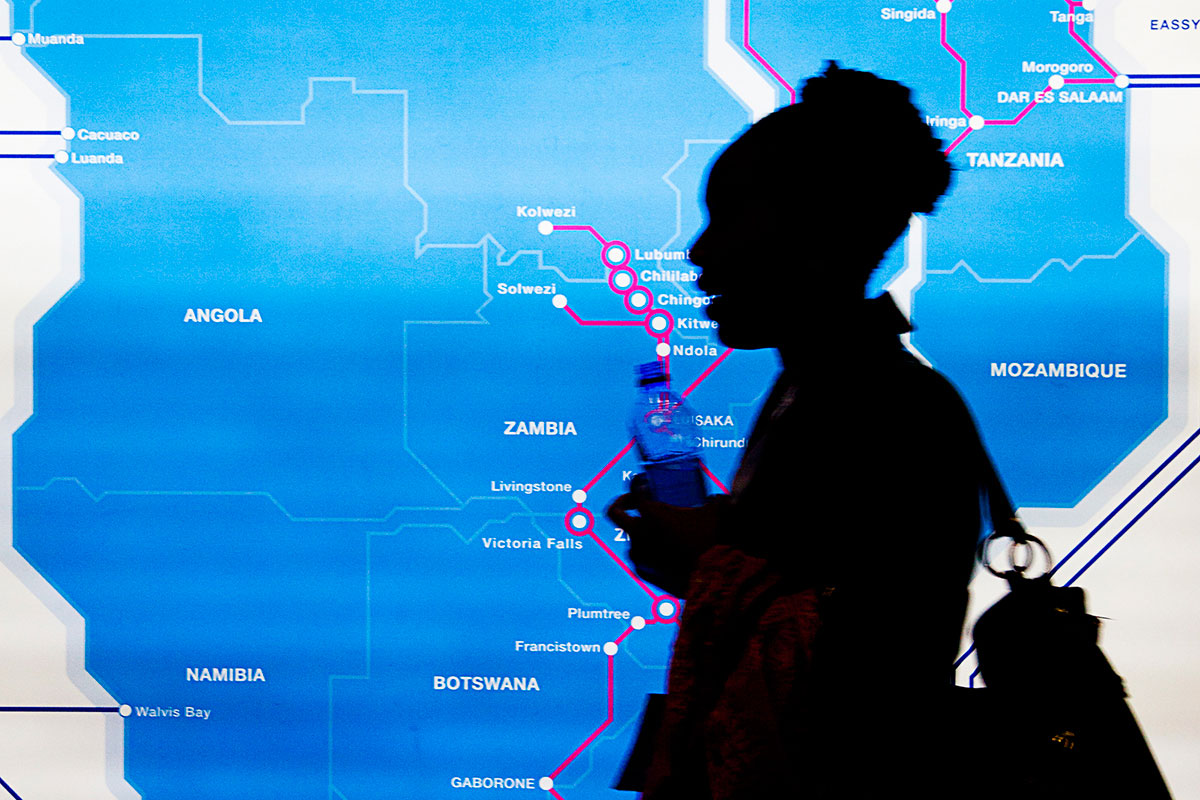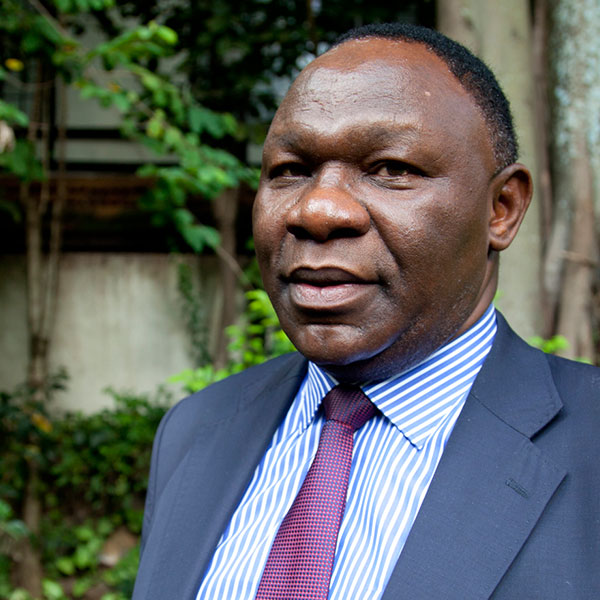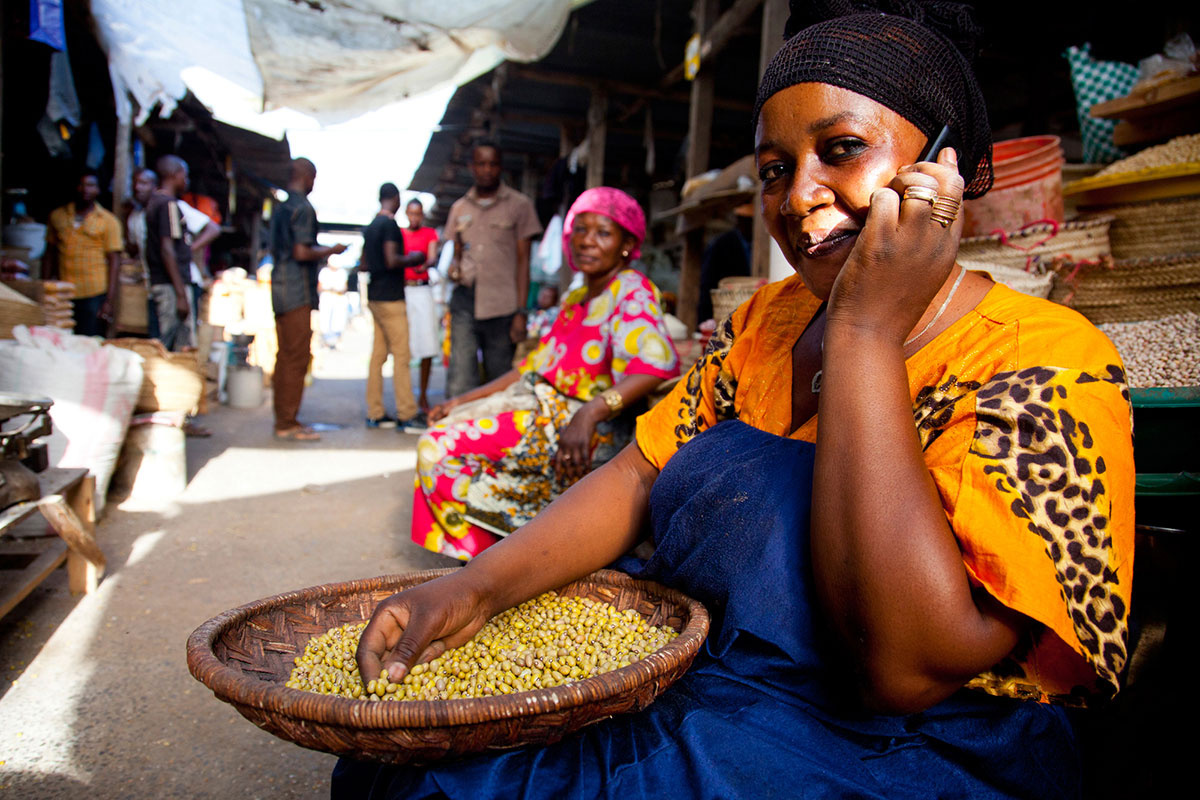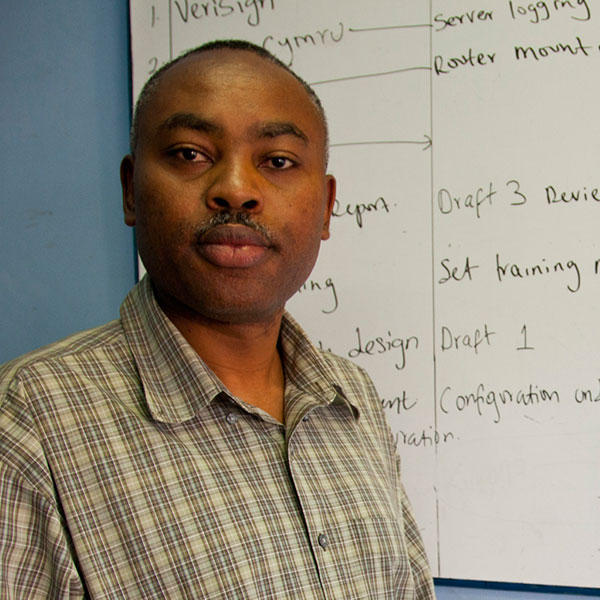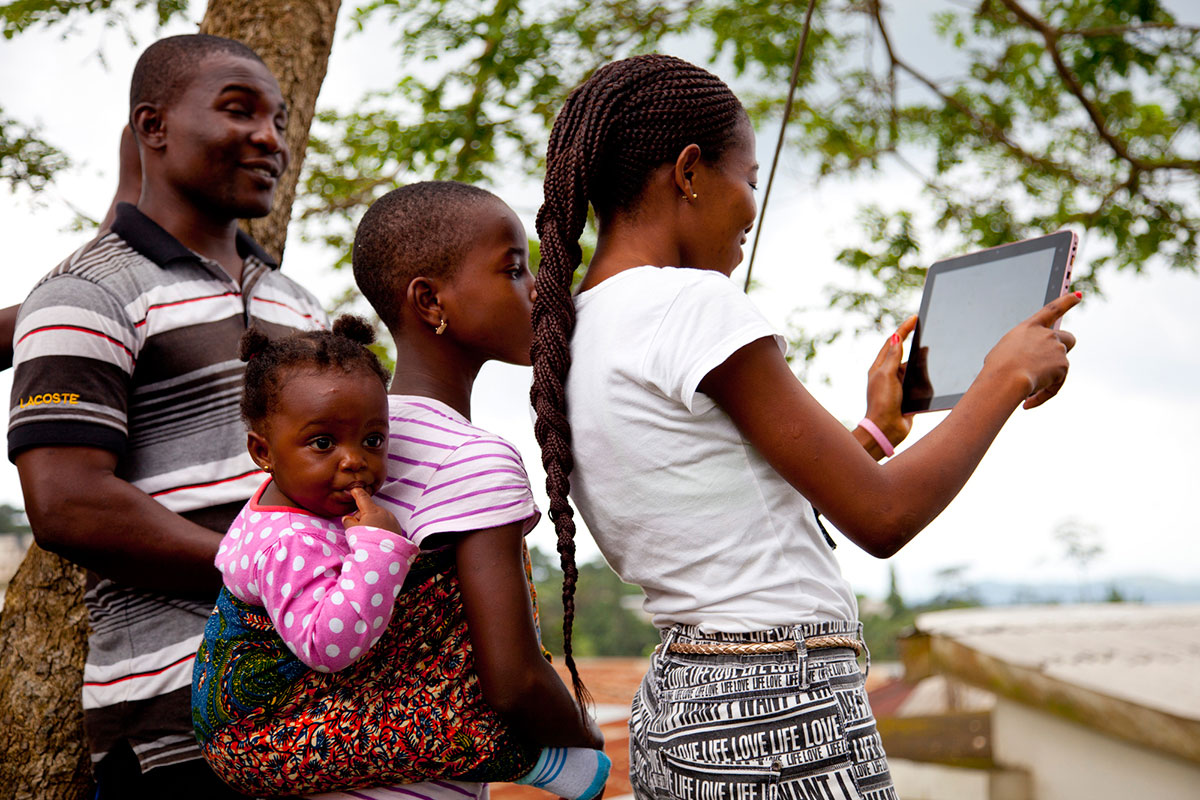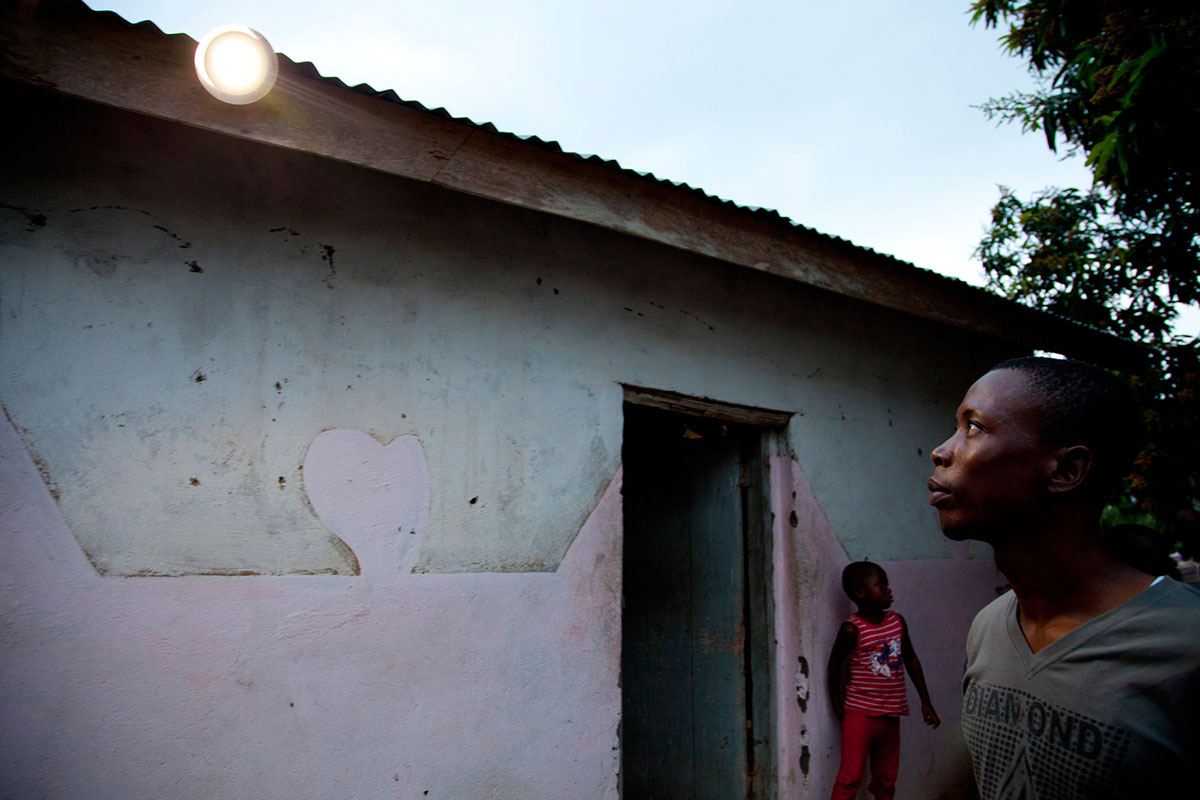Sub-Saharan Africa is comprised of 831 million people spread over 47 diverse countries with an enormous diversity of culture, languages, size, population and economic development. Yet the entire region is ranked as one of the world's least developed, with illiteracy affecting more than one in three adults.
The 21st century, however, has brought with it some changes through evolving technology. In recent years the mobile ecosystem has been a principal driver of innovation and the phone has become a platform and a window to the rest of the world.
With a penetration rate of 38 percent and more than 330 million unique subscribers, sub-Saharan Africa has become, in the past five years, the world's fastest growing region in terms of subscribers and single connections.
Slowly but surely, Africa is beginning to connect under a new generation of leaders who promote technological innovation to improve the quality of life on the continent.
Do you want to discover more about what "Connecting Africa" means for the continent's technology leaders?
In 2013, the mobile phone industry contributed 5.4 percent to Africa's GDP and employed 2.4 million people. These figures are reflected in new opportunities opening up in the world of digital entrepreneurship throughout different countries.
New hubs, start-up incubators and accelerators are generating applications, services and native technologies across the continent. But what has been the key to the rise of technology development in sub-Saharan Africa?
The development manager for Africa and Middle East of the Internet Society, Michuki Mwangi, believes that developing the right environment is essential so that entrepreneurs and businesspeople encounter good working conditions.
AfricaCom, the biggest tech event in Africa, brings the continent's digital ecosystem leaders together once a year.
In 2014, it was held in Cape Town. More than 9,000 people involved in information and communication technologies (ICT) participated.
"If this is achieved, a boom is the next step. This is what happens when any environment is designed to be competitive, inclusive and attractive enough," says Mwangi. But what is the key to creating a competitive business environment?
In Africa, liberalisation policies in the telecommunications sector came much later than elsewhere in the world. According to Mwangi, this was due to the fact that "the relationship between the public and private sectors was not always properly balanced".
On top of this imbalance, there is also a lack of a strong civil society and robust academic life, which are fundamental to raise the discussion to a higher level.
By the year 2000, all the foundations in Kenya had been laid to allow the government and private sectors to fully commit to the development of new policies.
Evolving regulation was the key to creating an ecosystem that later ushered in Kenya's technological boom. Bitange Ndemo, former permanent secretary of Kenya's ministry of information and communications, played an important role in Kenya's tech transformation.
East Africa is where the greatest technological development is taking place
Bitange Ndemo, former permanent secretary for communications in Kenya
"East Africa is where the future of the continent's technological development is taking place"
Bitange Ndemo former permanent secretary for communications in Kenya, played a key role in the country's technological revolution.
What are the requirements for good regulation?
Laws must be made to help us, not to destroy us. I think that regulations should be brought in gradually; you have to be very delicate, especially in fast-growing sectors such as innovation. We never try to interfere with innovation, and we succeeded because of that.
What did you do while in government?
For eight years, I worked in policymaking and implementation of information technology and communication. When I entered office, ICT infrastructure was inadequate, and indeed the east of the continent had no underground cable. Broadband was expensive as a result. As the government had no money to invest in infrastructure, we favoured the development of public-private partnerships, and once the infrastructure was in place, we started to promote innovation and create jobs. I would say that we achieved most of the objectives we had set ourselves in a very short period of time because we knew what we wanted from the beginning.
What problems came up when laying down the regulations?
Obviously, we had a number of problems, especially with the arrival of the innovative mobile money service M-Pesa. It was very difficult to approve regulations for it to function, and most of us took a risk by taking responsibility. You need to take some risks. Mobile money has brought a lot of productivity and people have begun to realise that you can solve some problems through ICT.
What changes have you seen in Africans?
Before, people used to grow crops and then went to church to pray for rain. We are working to convince people that not everything depends on God and that there are some things we can do to predict the future. When productivity starts improving, economic growth accelerates. That's the problem that Africa has had for many years. Of course what is happening will change people.
How do you see the future of technology in Africa?
We have to get more involved in the construction of public infrastructure. We are using more phones to access a variety of services, and that's how innovation begins to spring up. I would say that regarding the ICT market, we are still at the bottom and there are many more things to come.
The adoption of technology in Africa is very uneven. Many countries still do not have regulations in place that help markets to develop. "We want to create favourable conditions for a competitive and healthy market," says Sonia Jorge, executive director of A4AI (The Alliance for Affordable Internet).
To achieve this, A4AI works with different countries to mediate between governments and the private sector in order to help establish regulatory reform.
"The mobile industry has transformed the lives of millions of people throughout sub-Saharan Africa."
Anne Bouverot, director-general of GSMA
In 2015, the internet could increase Africa's GDP by $300bn.
Good regulation creates attractive markets for private investment and entrepreneurial development. However, it will take several years to get the reforms in place that reshape the markets.
If you have good regulations in place, you will be guiding your country towards where you imagine
Sonia Jorge, executive director of A4AI (The Alliance for Affordable Internet)
"If you have good regulation, you are leading your country towards where you imagine"
Sonia Jorge, executive director of A4AI (The Alliance for Affordable Internet), a coalition of private and public sectors, and civil society organiations, united with the aim of providing affordable mobile and fixed line internet access in developing countries.
What is the focus of your initiative?
From the beginning, it was clear that regulatory policy was one of the key areas to resolve, so we focus on this in order to promote reforms that create the right conditions for competitive and healthy markets. Through cost reduction we aim to bring affordable prices to everyone.
What countries do you work in?
We started working in Africa last year and to date have signed agreements with the governments of Nigeria, Ghana and Mozambique. We work with them to support them in the process and to facilitate conditions that help politicians make decisions. Despite the fact that the internet is expanding very rapidly, only 19 percent of Africans currently use it, and less than 11 percent of households have access. One of the main obstacles is not being able to afford it.
What does technological development mean for a country?
Our sector has had a real impact on development, and very positive things have happened in Africa in the last decade. We have established a lot of evidence on the benefits of the internet on socioeconomic development in different areas of society, such as education, agriculture, banking and even tourism. So we see accessible internet as a great opportunity for a country's development.
Besides regulatory reform, what other aspects are important?
Operators invest in the same areas rather than dividing up the territory and reach other areas. We are working so that companies share infrastructure, because we see it as a great opportunity to reduce costs. Taxes are another very significant part of costs in our sector. In countries like Mozambique, industry has been squeezed and excessive taxation on services, devices and investments and inputs has increased the cost of the service.
What is the big picture?
Mobile use has evolved faster in some African markets, but when it comes to internet access, the same thing has not occurred due to the lack of a clear vision. I think many countries are learning and we are beginning to see a commitment, not just a clearer vision for the sector, but also a sense of integration with other sectors to achieve development. If you have good regulation, you are leading your country towards where you imagine. This process of understanding has been very positive, but also slow in some countries.
What countries have good regulations?
Nigeria has a very interesting plan and countries like Rwanda and Kenya also have very strong implementation guidelines, which are very important in our sector. It is important that countries do not force the creation of new regulations, but develop their own vision.
What does the future hold in store for Africa?
A huge number of young entrepreneurs with new business ideas emerge every day, so this is an opportunity for these possibilities to materialise. I think that technology can have a huge impact, but I also think that this impact is not just specific to our sector. It goes beyond it, and that's what is really interesting for us.
Despite the differences between countries, technological development has gained headway on the African continent. Mobile Money, pay-per-use systems for solar energy services, and mobile applications to boost farmers' productivity are part and parcel of this.
A growing realisation that technology provides a sustainable business model is giving rise to companies with a commercial focus, to the detriment of NGOs or non-profit organisations. "Up until now, some service providers were non-profit, but there has been a transition," says Mwangi.
And while foreigners are undertaking projects involving major investment, Africans are at the forefront of smaller initiatives.
Africa is experimenting, creating resources and attracting investment. We are building an entrepreneurial culture
Michuki Mwangi, development manager for Africa and Middle East Internet Society
"Africa is experimenting, creating resources and attracting foreign investment. We are building an entrepreneurial culture"
Michuki Mwangi, senior development manager for Africa and the Middle East for the Internet Society, an international organisation that promotes the open development, evolution and use of the internet worldwide.
What is the key to laying the foundations for a healthy market?
The key to success in ICT development is the creation of an enabling environment that allows free competition to flourish. Kenya is a good example, since it is growing as a leader in ICT through mobile money transfer, mobile penetration, etc. This is because we have achieved a commitment from the private sector and government to develop the enabling environment.
What is happening in the rest of Africa?
Africa is a large continent with different levels of development. In some countries, the state is stronger than the private sector and, in others, the private sector is stronger than the government. In other places, I feel that opportunities have not arisen to develop this relationship. A commitment must exist and it should be approached from a multi-sectoral perspective to policy development. Some countries may lack strong civil society and others strong academia, two fundamental institutions needed to take the debate to a higher level. We spend a lot of time trying to help countries find the right combination but it takes time.
Do you think that traditional NGOs are giving way to commercial enterprises?
There has been a positive transition. If you look closely, in the past some service providers were not driven by profits. The understanding that technology is a sustainable business model gives rise to companies that provide services with a commercial focus. The result is the creation of a competitive environment and that happens to be very useful for the development of innovation. After creating a competitive environment, we have seen a sector of emerging businesses that are trying to take advantage of existing infrastructure and services to come up with innovative products.
Why are big projects being developed by foreigners?
A lot of attention may be given to large companies, for whom a large investment is necessary. But if you look at smaller initiatives, which also have had an impact, although perhaps more localised, you can see that they are being developed by locals. In the long run, we are creating experiences, building local resources and attracting expatriates. We are building an entrepreneurial culture. We are creating institutions to incubate good ideas and everything necessary to turn a good idea into a big success. This is something we have never had; it is something very new. The West has, and that is why people from the United States or Europe come up with great ideas. That is why I'm not disappointed that major projects are foreign; it is part of globalisation. We will soon follow in their footsteps.
Could this new development mean a big step forward for the future?
I think in the coming years major innovations will come out in Africa. Africa is the region with the largest population of young people, so there is great potential for the emergence of brilliant ideas. What has been lacking is the framework to support innovation. As we have started to create small projects, we are developing skills and experience, so I think in the near future we will be in a position to create major initiatives in the region.
What are the greatest difficulties?
Internet penetration has needed time to develop to levels of other countries due to the lack of intensive investment that would provide adequate broadband. Africa has made progress in the creation of policy frameworks and, as a result, has created an appropriate environment; the next step is investment. If politicians and governments continue to invest in initiatives such as e-government, they will be encouraging internet use. The reason that there has not been a huge boom is that nobody has hit the mark when it comes to generating needs.
Do you think that the mobile has taken the place of computers in Africa?
Many of us in Africa have been educated to use technology through the mobile phone, and internet use has come through our mobile handsets. Therefore, many applications and future innovations will be mobile-oriented, and the PC will be there for things the phone cannot do. So much of the future of this region will be strongly influenced by the way we accessed technology from the beginning, which is through the mobile phone.
In recent years, technology has become increasingly accessible for the majority of the population. This has encouraged an interest in the role that mobile technology has to play in promoting social and economic development in different countries.
Low-cost terminals are increasing in availability; rapid growth has occurred in mobile money services; and mobile services for sectors such as health and agriculture are being created.
Half of the population of Africa is under 15 years of age and more than 250 million of its inhabitants are aged between 15 and 24.
64 percent of the sub-Saharan population live in rural areas, which often lack basic infrastructure.
The 47 sub-Saharan countries are economically, socially and technologically diverse. In this respect, many experts refer to the east and west subregions to distinguish between two main trends: the vanguard and the rearguard.
The southern region is relegated from the debate due to the fact that South Africa, the main regional power, distorts all the variables. Beyond the differences, however, it can be seen how Africa's new generations are taking development into their own hands via technological connections.
Connecting to mobile networks for the development of markets; connecting to solar energy for electricity; and connecting to the internet to reach the digital world... These are different strategies with one objective: improving the living conditions of Africans.
Authors Angelo Attanasio / Jerónimo Giorgi
Development Àlex Poderoso
Music M-Kopa video 'African Mbira with Percussion' (Akashic Records)
Project supported by European Journalism Centre and the Innovation in Development Reporting Grant Programme.



